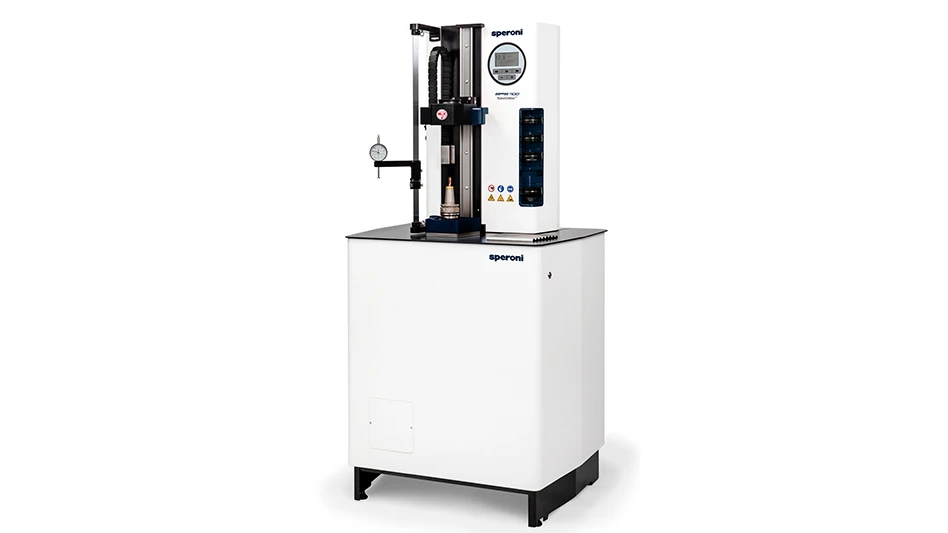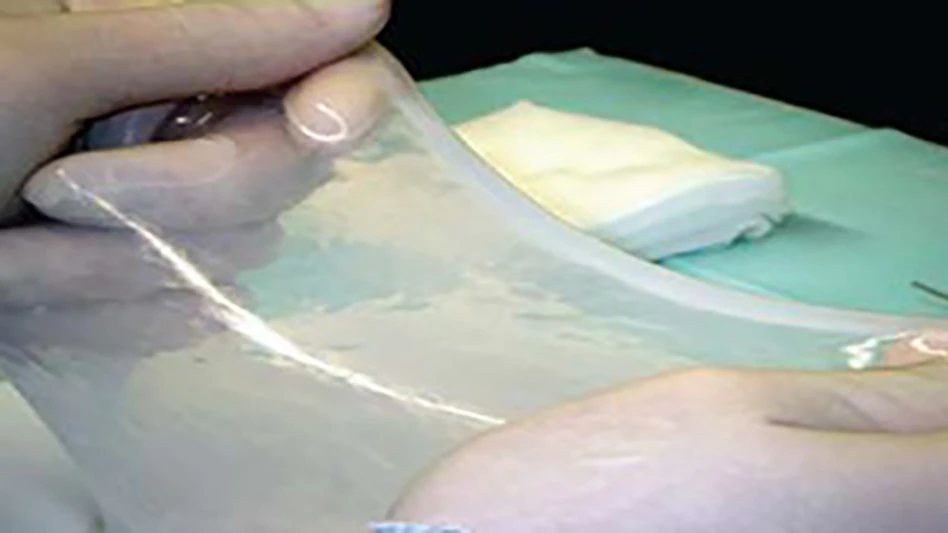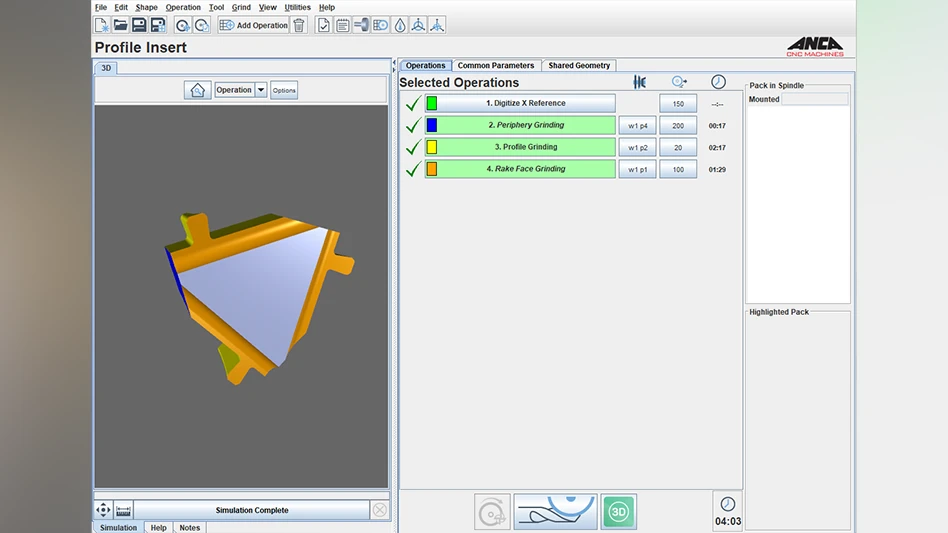
In today’s medical equipment market, reliability isn’t a luxury – it’s a necessity. Every adjustment, every movement, and every interaction with the equipment must be performed flawlessly to ensure patient safety, caregiver efficiency, and long-term service life. Behind this design and precision are highly engineered motion control components, such as gas springs, electric linear actuators, and dampers, which ensure safe, ergonomic operation of medical equipment across a wide range of healthcare applications.
From the smooth lifting of an exam table to the secure positioning of a hospital bed, these critical devices support manual and automated motion in ways directly impacting the quality of care. However, achieving the level of performance demanded by modern medical environments requires more than selecting a standard part off the shelf. It calls for expert collaboration with motion control specialists who can tailor solutions to meet the specific requirements of each application, helping designers enhance reliability, meet regulatory standards, and speed product development.
“In many cases, the components must be fully or partially customized to meet specific application requirements. Even when development begins with a standard part, various modifications are frequently necessary such as changes in stroke length, force calibration, material composition, damping characteristics, and mounting hardware,” says Brian Ingoldsby, engineering manager at Bansbach Easylift of North America Inc.
Ingoldsby adds additional alterations may be needed to accommodate factors such as environmental exposure, load characteristics, material compatibility, and mechanical behavior under unique operating conditions. In medical equipment design, components must meet rigorous performance, hygiene, and safety standards. Regulatory compliance and certification requirements are also critical, directly influencing component selection and overall system architecture.

For these reasons, a growing number of medical equipment designers are choosing to collaborate closely with motion control engineers from the earliest stages of a project. To facilitate such cooperation, companies such as Bansbach assign dedicated engineers to provide input, explore design options, offer technical recommendations, and develop solutions enhancing overall system performance.
Ingoldsby explains many requests for an engineering consultation are stimulated by a desire to resolve equipment performance issues caused by component failures in the field, particularly those related to low-cost, imported parts. These requests may also involve equipment that’s too difficult to move manually, or a need to improve operational safety and ergonomics.
“The ultimate objective is to streamline the OEM’s design process, reduce their development time, and ensure that the final product meets the performance specifications,” Ingoldsby says.
Manual motion control
Motion control components such as gas springs and dampers support and refine manual adjustments in equipment and machinery. Gas springs help lift, lower, and hold parts in place, making movements feel lighter, smoother, and more controlled without the need for external power. Dampers manage the speed and resistance of moving parts, absorbing force to prevent sudden motions and creating a safer, more comfortable user experience.

Although these components share similar external appearances and basic operating principles across manufacturers, certain models are engineered with specialized design features providing distinct advantages in medical applications.
Unlike some standard offerings requiring OEMs to design around preset dimensions, Bansbach provides components manufactured to match customer specifications. Because medical equipment varies in size from small handheld devices to very large MRI machines, working with a supplier offering a range of component sizes is important. In this regard, Bansbach manufactures gas springs with rod diameters from 3mm (0.12") to 70mm (2.75"), capable of lifting multiple tons.
According to Ingoldsby, online tools and programming software allow engineers to configure components based on parameters such as length, diameter, and force, supporting integration into 3D models and assemblies early in the design process. Still, “even experienced design engineers are often not aware of the full range of available options, such as locking mechanisms, force calibration, material selections, and environmental ratings – features that can significantly enhance equipment performance, safety, and reliability,” he says.
Innovative design features
To address the medical industry’s critical need for equipment remaining reliable throughout many years of continuous use, Bansbach has incorporated design elements into its products. These enhancements go beyond standard configurations and involve selection of materials, surface treatments, and internal components.

To that end, the company uses an integrated grease chamber to significantly extend product lifespan and achieve higher life cycles, which aren’t typically possible with standard designs. To facilitate longevity, the company applies a unique proprietary surface treatment to the rod of its gas springs in an oven, enhancing corrosion resistance and providing an exceptionally smooth, durable surface that doesn’t compromise the seal. Treated rods can last 3x to 5x longer than standard gas springs. To further increase reliability, the company uses specialized seals operating reliably across a wide temperature range.
For specialized applications where magnetic interference must be avoided, such as in MRI suites, the company manufactures non-magnetic 316L stainless steel gas springs. For this type of application, gas springs and dampers are used in support equipment for bed positioning and hatch support.
Locking gas springs receive significant attention in medical applications due to their ability to provide precise positioning, support, and enhanced safety across a wide range of equipment designs. These devices offer speed control, assist manual movement, and enable secure locking at any position between full compression and full extension.
Directional locking dampers are also available, providing locking capability in the compression direction while allowing free movement in extension. In some designs, a locking gas spring can be configured to deliver damping action as well, allowing OEMs to reduce part counts and simplify system design.

Automated motion control
Motion control components such as electric linear actuators are designed to automate adjustments in equipment and machinery. Electric linear actuators use electricity to move parts back and forth, enabling precise raising, lowering, or tilting with the push of a button. These actuators are used for exam tables, wheelchair adjustments, and accessible vehicle modifications. They also support ADA-compliant designs, enabling improved accessibility for users with limited mobility.
In the case of Bansbach’s EasyE electric linear actuators, the internal components are designed for durability, offering a range of lifting capacities across different models, with customizable stroke lengths up to 1,500mm and dynamic load capabilities up to 10,000N across various models. The linear configuration enables a compact installation footprint, and accessories such as controllers, handsets, and batteries for mobile use are available. Turnkey actuator kits eliminate the need to source separate controllers, manage programming, or handle integration.
Ingoldsby notes many medical device manufacturers offer product lines with multiple levels of functionality, often starting with a basic model – such as one using a simple gas spring – and extending to more advanced, fully automated versions that incorporate actuators.

The value in high quality components
Using higher-quality, custom-engineered motion control components provides significant advantages for medical equipment manufacturers by enhancing product reliability, extending service life, and reducing maintenance requirements.
By collaborating with motion control specialists early in the design process, medical OEMs can integrate customized motion control solutions elevating system performance and adding substantial value to their product offerings.
Whether through advanced gas springs, precision dampers, or durable electric linear actuators, the right components ensure medical devices operate smoothly and reliably across their expected lifespans while meeting rigorous standards and improving the overall user experience.
Bansbach Easylift of North America Inc.
https://www.bansbach.com/en

Explore the July 2025 Issue
Check out more from this issue and find your next story to read.
Latest from Today's Medical Developments
- Teleflex sells acute care and urology businesses for $2.03 billion
- HANNOVER MESSE: Where research and manufacturing meet
- What’s next for the design and manufacturing industry in 2026?
- Arcline to sell Medical Manufacturing Technologies to Perimeter Solutions
- Decline in German machine tool orders bottoming out
- Analysis, trends, and forecasts for the future of additive manufacturing
- BlueForge Alliance Webinar Series Part III: Integrate Nationally, Catalyze Locally
- Robot orders accelerate in Q3





